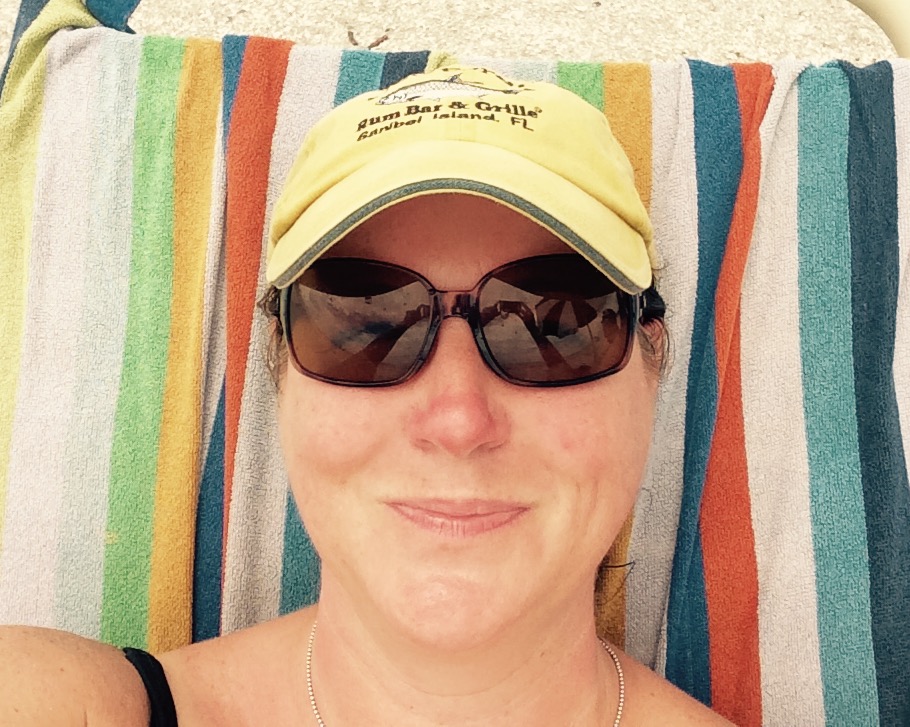1. Day of surgery.
2. When they arrive. Since most of these patients are oncology patients, we usually have a historical type. If the second type will cause a delay/upset we will just use type O for this visit. Our system will reflex an immediate spin XM.
3. The verification type is generated by blood bank if we do not have a historical type and packed cells are ordered. The patient is not charged for the testing. If we have a hematology specimen from a different phlebotomy event, we will use it for the confirmatory ABO/Rh (but not for compatibility specimen). If not, it goes for a collection. If it’s someone unlikely to be transfused, but physician wants blood on hold, the tech may select O until the next scheduled phlebotomy.
4. We prefer different phlebotomist so that two different people have identified the patient with consistent results.
5. Type O is a hard stop without two types in our system.


